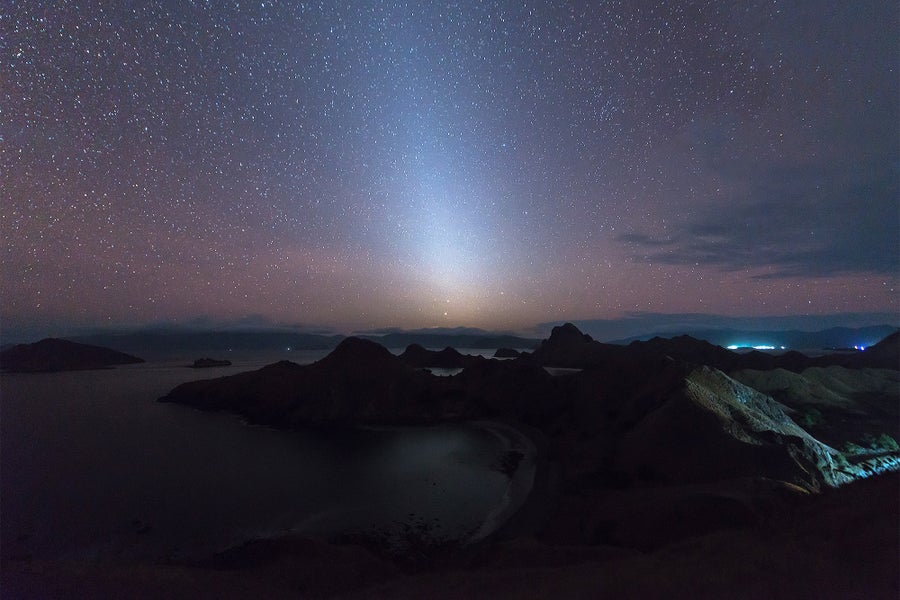We’re a week or more into a heat wave in the Bay Area, and it’s at least the 6th day in a row the temperature here in Oakland has been above 90. Ever since last weekend the forecasters predicted the heat dying off in another day or two, yet it persists. Something weird going on out in the ocean, apparently.
Here’s what they were saying Tuesday:

KQED, 1 Oct 2024: Bay Area Heat Wave Will Be Hotter and Longer, Echoing the 1980 Scorcher
Alas, the article focuses only on records set or to be set in various Bay Area cities, with almost nothing (except something about “stagnant” air off the coast) about the meteorological conditions that have brought this weather about. (Fun fact: meteors, those rocks that fall from the sky, were originally considered weather phenomenon, which is why… )
(This very famous view of the Golden Gate bridge is from a place called Baker Beach, which we have yet to get to. Access to it is in a residential area with limited parking, and we’ve yet to try…)
\\
Today’s thought piece, from Phil Plait.

The photo shows “zodiacal light,” it says, though I think it’s misleading somehow because of the bright blob at the bottom. I’ve seen zodiacal light just once: decades ago, during a visit to Death Valley National Park (or Monument as it was then). To be seen only in a very dark sky. It’s a very faint light band, much less bright than the Milky Way itself, lying along the planetary plane of the solar system, i.e. the zodiac, and it’s caused by the faint reflection of sunlight off various tiny particles in that plane.
Scientific American, Phil Plait, 4 Oct 2024: How Dark Is the Night Sky?, subtitled “The night sky isn’t perfectly dark—instead it glows faintly, and the source isn’t exactly local”
A couple related topics come immediately to mind. Some scientist a couple centuries ago speculated that the universe could not be infinite, because if it were, then any direction you looked in the sky, you were bound to see a star eventually, and therefore the sky would be entirely lit by starlight, and not dark. An attendant thought is, how amazing it is that space is transparent. It’s transparent for billions of light years, otherwise we would not see those faraway stars and galaxies. There is no space dust, not even the tiniest bit, floating out there between the galaxies; over the eons, gravity has cleared every particle out, save perhaps isolated molecules of hydrogen and helium (space isn’t a perfect vacuum, either), leaving unobstructed views in every direction.
And yet, every scientific verity has its exceptions, or rather, is true only given certain contexts and constraints. (Nothing is black or white.) Plait’s contexts have several stages.
How dark is dark?
When you go outside on a clear, moonless night, you can see not only lots of stars but also the black space between them—literally space, in this case. Given that you can see stars and that the sky is black, you might think the sky is transparent. But it’s not—at least, not really.
He steps through stages of daylight, nighttime moonlight and the glow of city lights, and then how the sky itself glows. And so on. Even removing yourself from the solar system leaves some extremely faint light.
Once the images were sent to Earth, astronomers subtracted all the lingering vestiges of light emitted from stars and reflected from dust in and around the Milky Way and published their results in the Astrophysical Journal. They found that the extremely diffuse background glow was phenomenally faint: lead author Marc Postman of the Space Telescope Science Institute told me it was just 27.42 mag/arcsec2. That’s about 1 percent as bright as the glow seen from the darkest site on Earth!
Still, it’s enough to measure, and that means it has a real, physical source. Eliminating all other possibilities, the astronomers concluded that the light is coming from extremely faint background galaxies scattered throughout the cosmos. Like the billions of too-faint-to-see stars collectively melding to create the Milky Way’s luminous glow in our sky, these distant galaxies combine their ultradim light to make what astronomers call the cosmic optical background.
And he concludes,
The cosmos is filled with galaxies that glow across the electromagnetic spectrum, creating the ultimate dark-sky limit. The next time you’re outside, gazing up into the darkness, take a moment to appreciate the idea that “dark” is relative. What you see as black sky looks very different to an astronomer, and they can use that fact to grasp the components of the universe.
\
It’s tragic in a sense that the majority of the human population currently never seen a dark sky, not even one dark enough to see the Milky Way. Mere hundreds of years ago, before electricity, pretty much everyone on the planet could see the stars every night, and the Milky Way, and if they cared to, pay attention to planetary movements from day to day. I think this must have had a humbling effect, a continual reminder of how much more to the universe there was besides mundane human affairs. Now this awareness is so forgotten that people know only about stars and planets from crude science fiction movies, which misinform more than they inform. (I really did see someone on Facebook say they didn’t “believe” in other planets, because they were all just made up for science fiction movies.)
Meanwhile, like a species threatened with extinction, places where truly dark skies can still be seen are tracked and catalogued by organizations like DarkSky. The nearest locations I find on their maps are Joshua Tree National Park, and Death Valley National Park.






